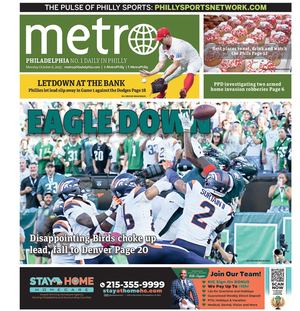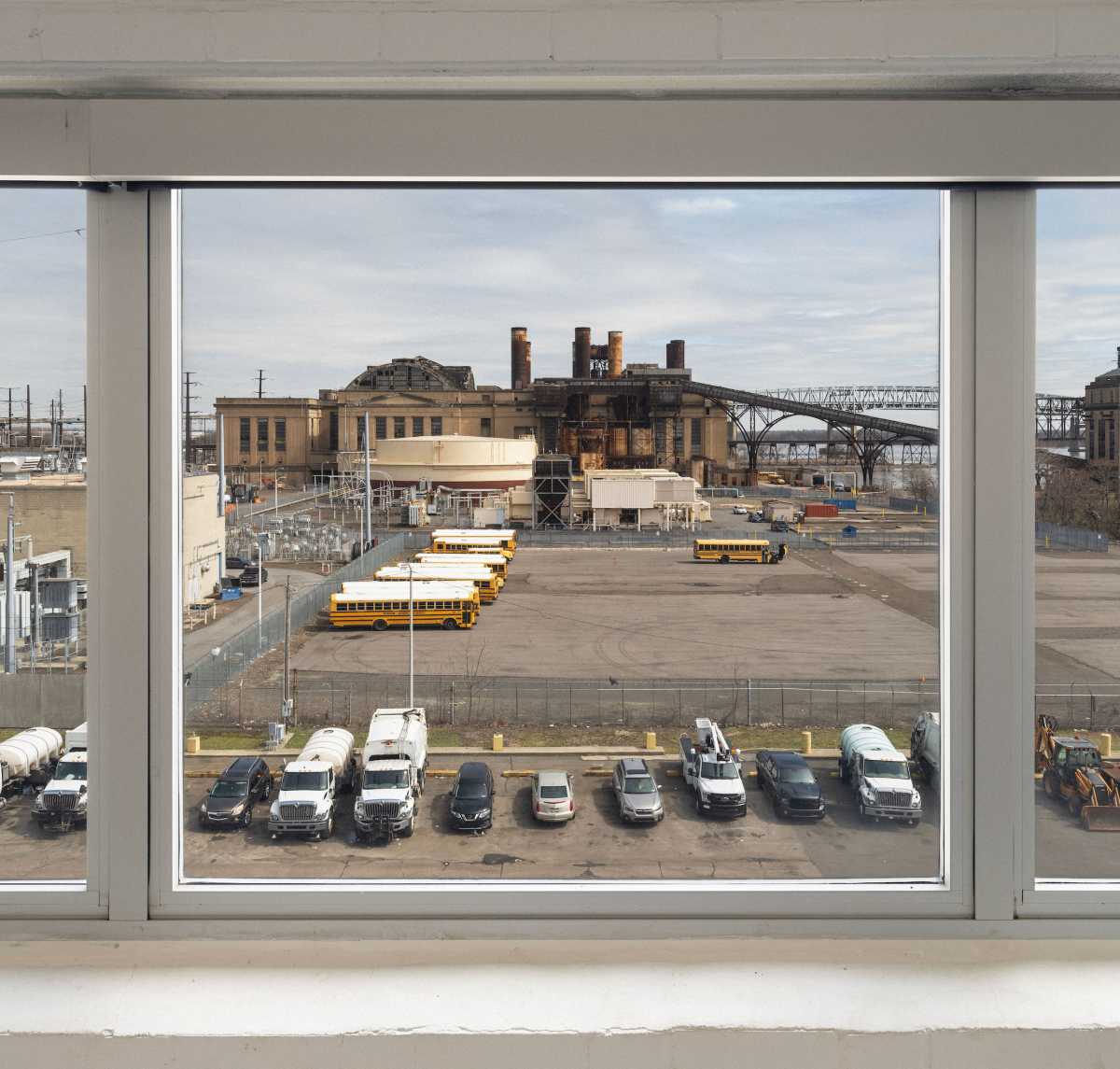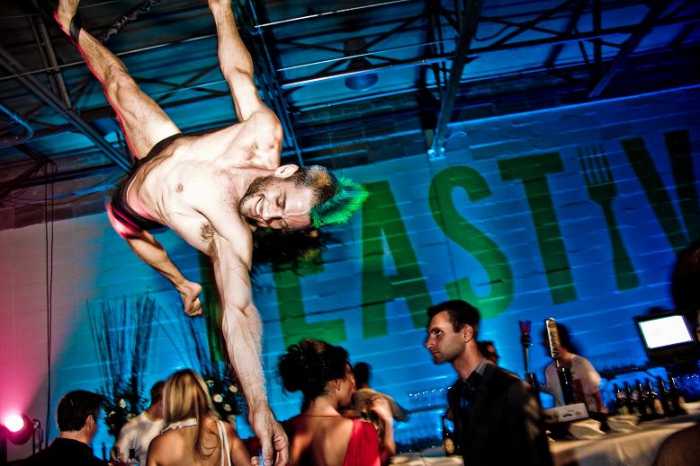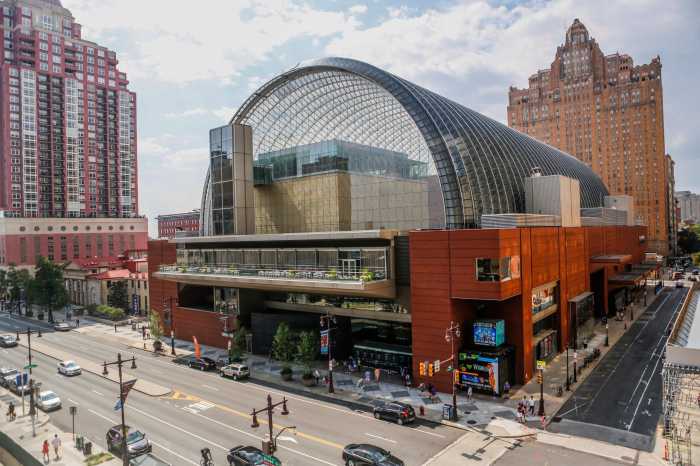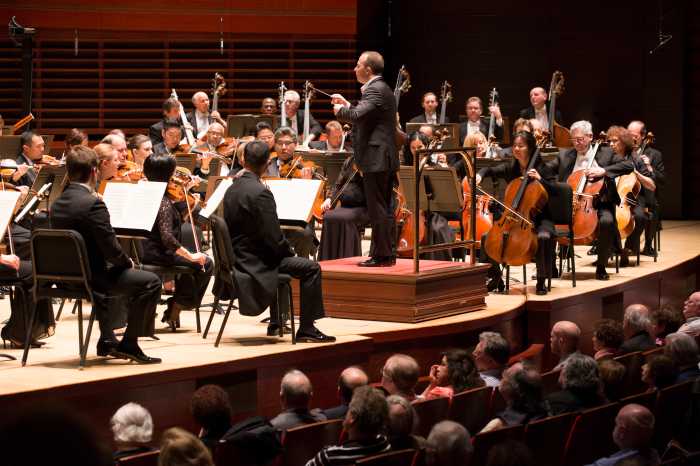Mural Arts’ latest exhibition is offering a window with a view.
Its new public artwork aims to highlight Philadelphia’s municipal workers and their diverse perspectives of the city through a poetic picturing of their office windows. Titled ‘Civic Views,’ the project — created by artist Emilio Martínez Poppe — represents the culmination of three years of photographing and interviewing staff from over 20 local civic agencies.
Presented in the City Hall Courtyard, ‘Civic Views’ will be accompanied by a series of public programs highlighting the work of scholars, labor organizers, elected officials, and city employees. The project’s centerpiece, an expansive installation of photographs, text, and scaffolding, will be on view in the City Hall Courtyard from Friday, May 23 through Wednesday, June 11.
“Philadelphia’s civil servants are as diverse as the city they work for. While the journey to the public sector is varied, the commitment to it is shared by the individuals I interviewed across a vast array of positions,” said Martínez Poppe. “’Civic Views’ is not a comprehensive study, but rather an evolving conversation about how the experience of public sector work shapes our views of the city and the meaning of living together.”
A tool for connection, reflection
‘Civic Views’ is a temporary public art installation that brings the hidden corners of city government into public view. Featuring life-sized photographs of office windows paired with excerpts from interviews with a wide range of civil servants, the project offers a window—both literal and metaphorical—into their diverse perspectives on a changing Philadelphia. Each image is displayed at a 1:1 scale and installed to mirror the exact viewpoint from the original office, inviting the public to see the city as these often-unseen workers do.
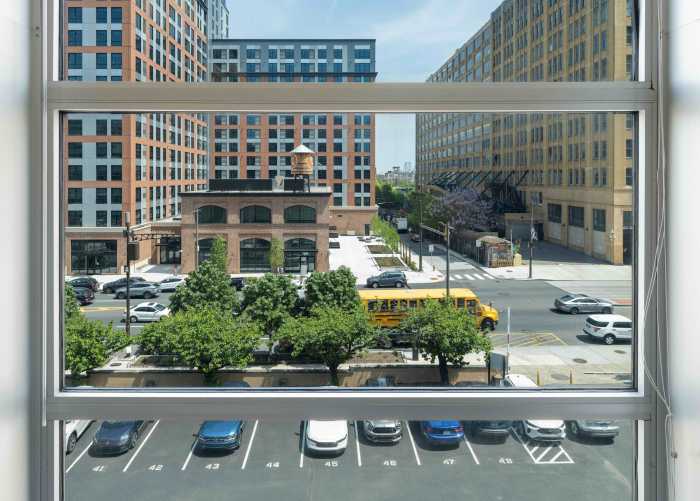
“The project began when I learned that the oldest surviving photograph in the country was shot through a window by a civil servant of Philadelphia’s U.S. Mint at a time when the nation was undergoing massive transformations in the way citizenship, property, humanity, and solidarity were understood,” Martínez Poppe expains. “We are living in one of those times today. How do we find new ways to see, even when it might seem impossible to do so?
“‘Civic Views’ draws attention to the conditions that shape our notions of what a city is, how it should look, and who it is for,” Martínez Poppe continues. “While these definitions vary across positions in city government, it is clear from my conversations with civil servants there is a shared sense of responsibility to empower more people to participate in the meaning-making of the city.”
The project includes more than 30 staff interviews and over 40 window views. Some of the city agencies highlighted include Septa, Parks and Recreation, the District Attorney’s Office, Office of the Mayor, City Council, Philadelphia Police and Fire Departments, and the School District of Philadelphia, among others.
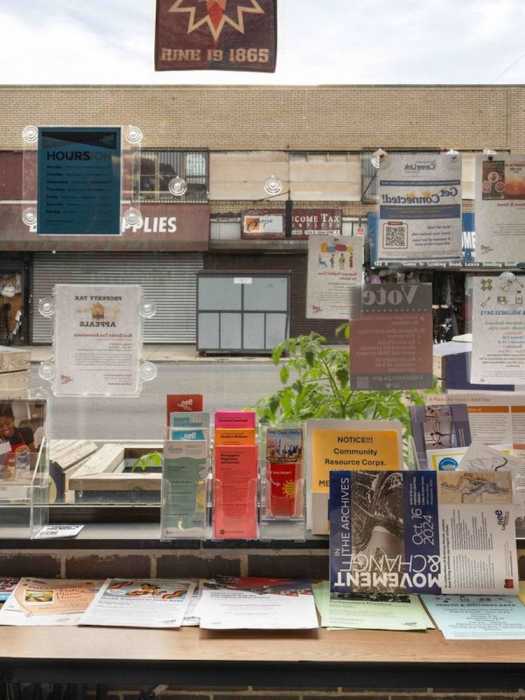
“‘Civic Views’ takes in the unique perspective of municipal workers who put the needs of their city community first and foremost,” said Bridget Collins-Greenwald, Commissioner of the Department of Licenses & Inspections Quality of Life Department. “Public service is a calling. Public servants are positioned to help people, sometimes people who do not know where else to turn, to improve their quality of life. It is a mission we take seriously. This project has ‘opened up the windows’ into the aspirations of municipal workers to assist others in a way I found very respectful. I was honored to participate and offer my perspective.”
What comes next
After its debut in the City Hall Courtyard, a selection of ‘Civic Views’ photographs will migrate across the street to long-term public view at the Municipal Services Building’s Concourse Level in partnership with the Department of Public Property. The project will also lead to a substantial book documenting the full index of photographs Martínez Poppe captured, as well as essays from leading artists, scholars, and the project’s organizers exploring art’s relationship to the city.
“In a time of rapid change and uncertainty surrounding the public sector,” Golden said, “projects like this affirm that art is not mere decoration, but a vital tool for storytelling, sense-making, and honoring the complexity and humanity of public service.”
